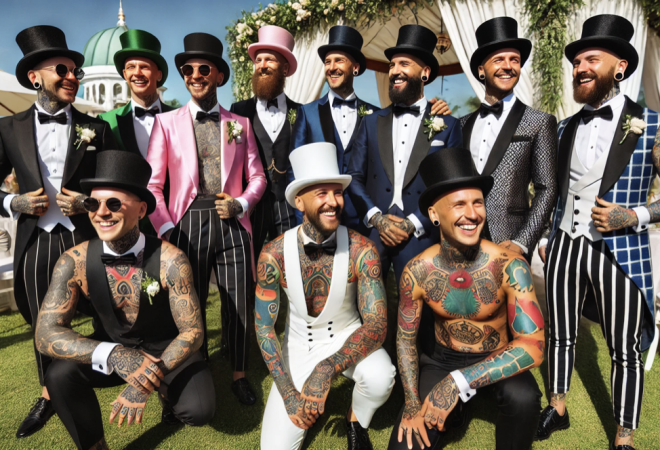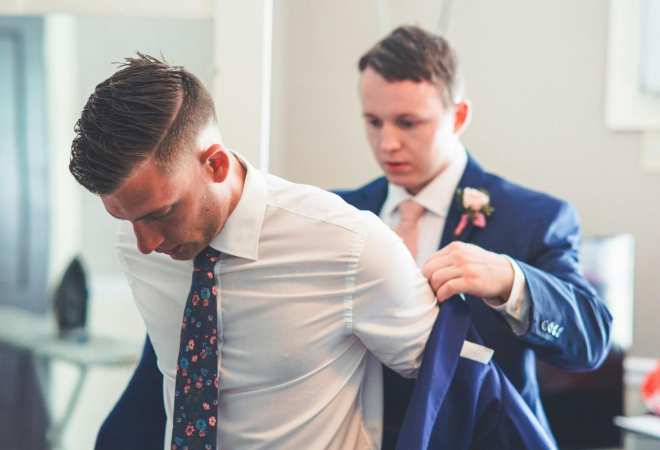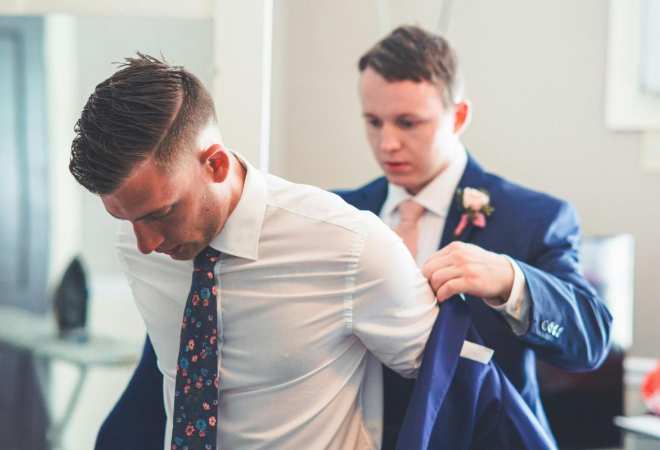For most men, there is no other accessory that dictates the importance of an event more than the bow tie. Whether it is at the altar or on the red carpet, this lifetime event requires you to look better than you ever have and the bow tie ensures you will meet that challenge each and every time. But why?



To understand the symbolism of the bow tie you have to trace its heritage back many years to the days of Mozart, Beethoven and the classical era of the late 1700s. This time of chivalry and royalty inspired attire fit for a king and worn by those who wished to stand above the every day man. The ascot was the formal neckwear of choice, which evolved from formal scarves worn around the collar and soon developed into the cravats of the early 1800s and eventually became what we call the bow tie in the later half of the century. Prior to the Industrial Revolution of the early 20th century, the tuxedo was conceived in Tuxedo Park, New York and soon became synonymous with “what to wear” when attending formal events. With its satin attributes and its formal look, the tuxedo required neckwear that complimented the elegance and sophistication of the ensemble. The bow tie was the logical choice.



Whether the event is “Black Tie” or the more formal “White Tie”, the only neckwear meeting the needs of those who wish to look like a king, especially on your wedding day, is the bow tie.








Join the conversation
Log in or register to post comments